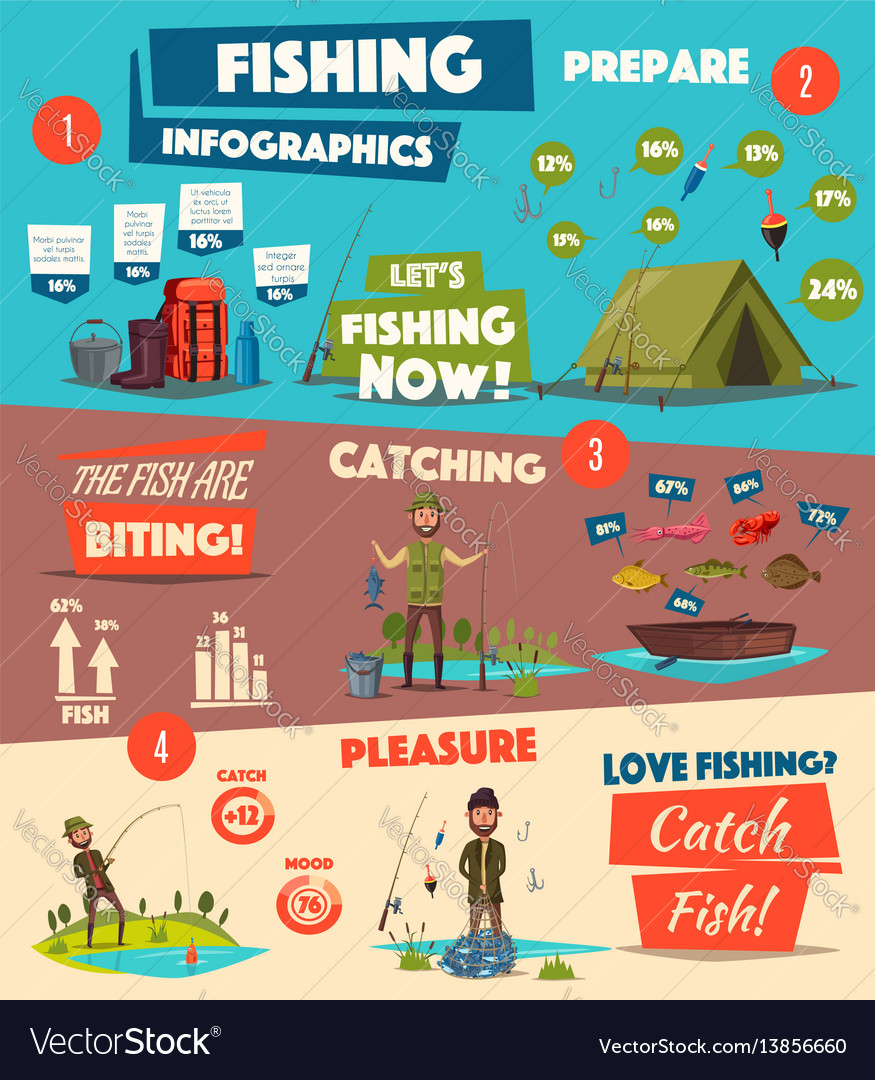Bare Ground Vs Sewn In Floors Which Setup Works Best
The Evolution of Wall Surface Tent Structure DesignAs outdoor camping evolved to show a broader cultural change toward mindfulness and sustainability, camping tent layout followed suit. Whether it's with instinctive setup options or the application of Fitts' Regulation, contemporary outdoor tents design remains to introduce and expand camper's choices for exterior exploration.
The wedge tent, additionally referred to as a wall tent, can be created by setting up the ridgepole atop upright poles and freely staking down each side. This allows for even more living and moving space than an A-frame outdoor tents.
The A-Frame
One of the most famous camping tent layouts is a standard A-frame. This structure takes its name from its roofline, which appears like the capital letter A. This shape develops a vaulted ceiling that gives an open, sizable sensation inside the home. The sloping walls likewise make second-level loft space rooms ideal for sleeping.
In the past, a good scout might establish a canvas A-frame outdoor tents in 2 mins or much less. A modern-day A-frame cabin can provide the same simplicity of setup, yet with far better weather protection and even more usable room.
A-frames are a wonderful example of functional design, which highlights minimizing the complexity of an item to make sure that it can be more quickly understood and used. Today, UI/UX designers use this principle to craft user-friendly interface that enable individuals to accomplish their objectives with optimal effectiveness. This technique mirrors the A-frame's beginnings as a remedy to human demands. The simpleness of A-frames also reflects a desire for outdoor experiences that balance technological advancement with a deeper link to nature.
The Wedge
Whether you are brand-new to wall surface outdoors tents or are a skilled camper, selecting the right framework for your canvas shelter can feel like an overwhelming experience at first. With so many options for textile, structures and degrees of security from the components to take into consideration, you can easily obtain shed in a sea of jargon.
Fortunately, browsing the globe of wall tents doesn't need to be so overwhelming. We've established our very own system to aid you simplify your choices. With our easy Wedge model, we have actually removed the requirement for complicated fabric and structure selections so you can spend more time appreciating your journey and less time stressing over your shelter.
The Baker
The baker outdoor tents is a customized lean-to style tent. It is a really versatile and helpful shelter that can be zipped tight versus the components or opened to let in the warmth of a reflector campfire. The baker was the tent of choice of numerous logging camps and wild canoe travelers in the 1800's. The baker outdoor tents additionally obtained prestige in the early 1900's when nationally known outdoor writer Horace Kephart used a baker camping tent at his well-known base camp on Dicks Creek in North Carolina.
Choosing the appropriate inner framework, tube dimension and manufacture is a crucial factor in identifying the stamina of your wall camping tent and how it will certainly deal with changing climate condition. Furthermore, a significant part of your wall surface tent's longevity and capability is identified by the therapy that it has been subjected to. Bravo's welded steel internal frameworks are built utilizing exceptional 1 3/8 inch galvanized tubing and heavy duty bonded angle packages that are supported for additional stamina.
The Whelen
In a time of enhancing industrialization and urbanization, camping was a going back to standard nature admiration. It used a chance to appreciate blemishes in materials and canvas travel bag asymmetry of the landscape, to embrace the transience of daily rhythms of rising, relocating, resting, and relaxing, and to connect with the natural world at a greatly human degree.
Early camping tent styles were crafted with an eye to economy of room and weight, yet we have actually seen an abandonment of these conservative principles towards bigger, gangly designs that take longer to establish, need even more cautious preparation of the footprint, and deal much less in terms of climate protection. By doing this, the modern-day tent mirrors a societal change away from technical innovation and towards mindfulness, sustainability, and appreciation for an extra natural world. Just like camping tents, UI/UX design is also fixated meeting human requirements. Fitts' Law, for example, shows us to prioritize the dimension and proximity of interactive elements in order to facilitate quicker and much more efficient customer communications.
